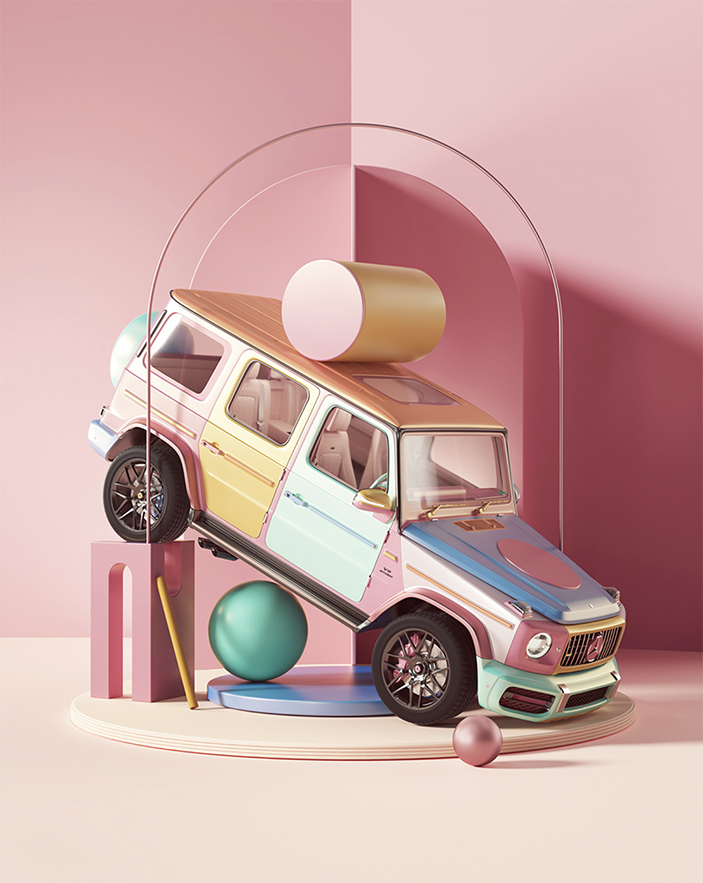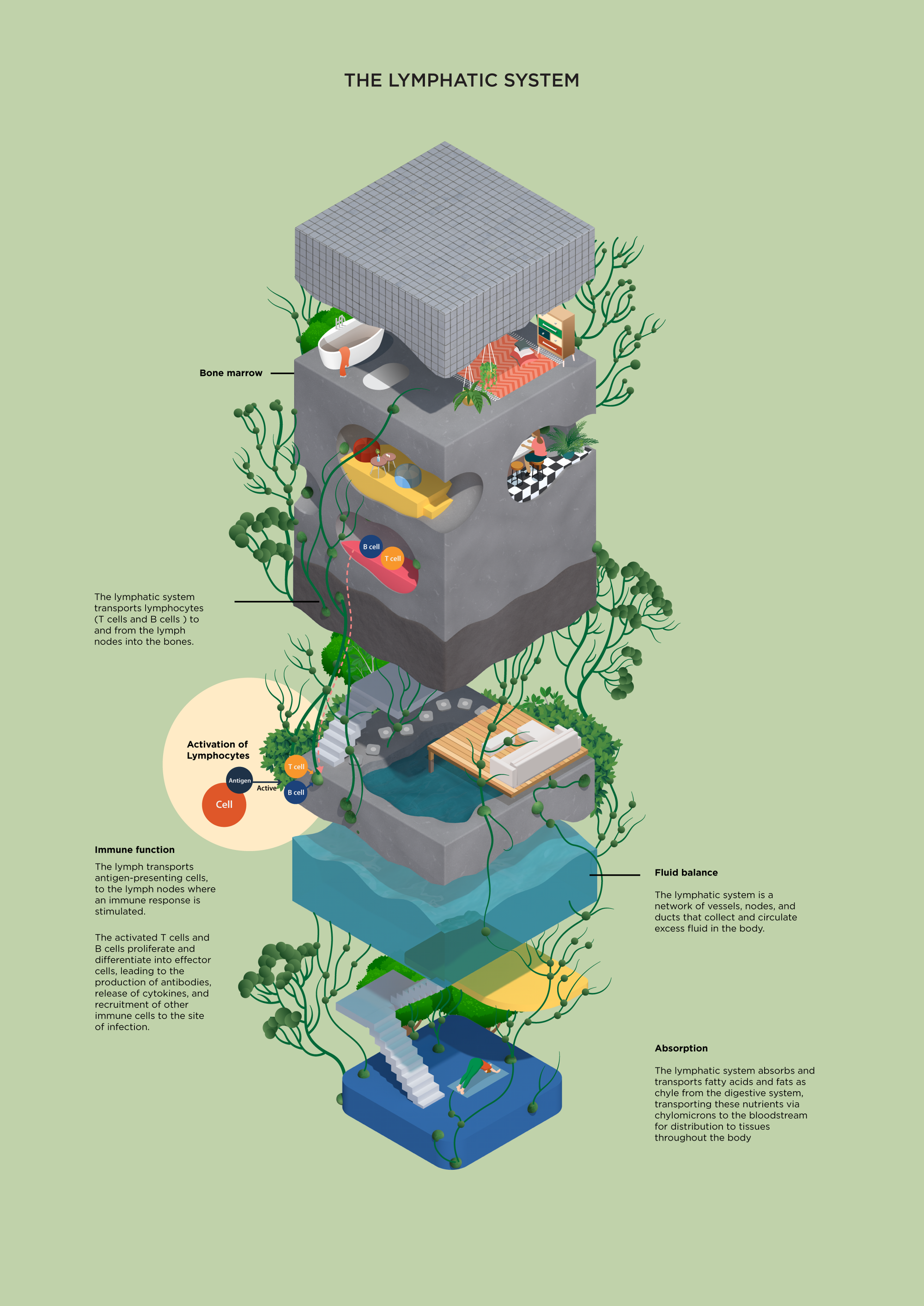Isometric Design: Techniques for Creating Eye-catching 3D Illustrations
Step into the captivating realm of isometric design, where 2D shapes seamlessly transform into mesmerizing three-dimensional illustrations. In this comprehensive guide, we'll delve into the intricacies of mastering isometric design, uncovering the secrets to creating captivating visuals that leave a lasting impression.
Now, let's embark on a journey to explore the techniques and principles behind isometric design, equipping you with the knowledge and skills to elevate your designs to new heights of creativity and sophistication.
Understanding Isometric Design: Isometric design is a method of creating three-dimensional representations of objects in two dimensions. Unlike traditional perspective drawing, which uses vanishing points and foreshortening to create the illusion of depth, isometric design relies on a fixed set of angles and proportions to maintain consistency and accuracy. This unique approach allows designers to create visually engaging illustrations with a sense of depth and dimension.
Key Techniques: What sets isometric design apart from other forms of illustration? Here are some key techniques to master:
Grid-based Construction: Isometric illustrations are typically built on a grid system, with each object aligned to a set of predetermined angles. By adhering to this grid, designers can maintain consistency and accuracy throughout the illustration.
Foreshortening and Perspective: While isometric design avoids the complexities of traditional perspective drawing, it still relies on techniques such as foreshortening to create the illusion of depth and dimension.
Layering and Stacking: Isometric illustrations often involve layering and stacking objects to create depth and complexity. By strategically arranging objects in the foreground, middle ground, and background, designers can create compositions that draw the viewer's eye and tell a story.
Color and Texture: Adding color and texture to isometric illustrations can enhance depth and realism, making objects appear more tangible and immersive. Experiment with shading, highlights, and textures to bring your illustrations to life.
Examples of Isometric Design: To truly understand the power of isometric design, let's take a look at some inspiring examples:
Isometric Cityscape
A vibrant and dynamic cityscape illustration featuring intricate details and playful characters.
SPACE10 + CSM by Yime Is Great | Image Source: © Behance: Yime Is Great (12/04/24)
Isometric Product Showcase
A sleek and modern product showcase illustration highlighting the features and functionality of a cutting-edge product.
Cars & Arches by Peter Tarke | Image Source: © Behance: Peter Tarke (12/04/24)
Isometric Infographic
An informative and visually engaging infographic illustrating complex data and statistics in a clear and concise manner.
The world underneath the skin by Jing Zhang Illustration | Image Source: www.mazakii.com (12/04/24)
The Power of Isometric Design: What makes isometric design such a powerful tool for visual communication? At its core, isometric design offers a unique blend of precision and creativity, allowing designers to create intricate and immersive illustrations that capture the imagination. Whether you're designing a website, a marketing campaign, or an infographic, isometric design can help you stand out from the crowd and leave a lasting impression on your audience.
Advanced Techniques and Tips: For those ready to take their isometric designs to the next level, here are some advanced techniques and tips to consider:
Depth and Perspective: Experiment with different levels of depth and perspective to create more dynamic and engaging illustrations. Play with foreground and background elements to add depth and dimension to your designs.
Animation and Interactivity: Consider adding animation and interactivity to your isometric illustrations to create immersive user experiences. Explore techniques such as parallax scrolling, hover effects, and interactive elements to bring your designs to life.
Experimentation and Innovation: Don't be afraid to push the boundaries of isometric design and experiment with new techniques and styles. Embrace innovation and creativity to create truly unique and memorable illustrations.
Isometric design offers endless possibilities for creating stunning 3D illustrations that captivate and inspire. By mastering key techniques such as grid-based construction, foreshortening, and layering, designers can create visually engaging compositions that draw the viewer's eye and tell a compelling story. Ready to unlock the power of isometric design in your own projects? Let's dive in and explore the endless creative possibilities together.
Ready to elevate your designs with stunning isometric illustrations? Contact us today to learn more about how we can help bring your vision to life. Whether you're looking to create a captivating website, an eye-catching infographic, or a memorable marketing campaign, we're here to help you make a lasting impression with stunning isometric design. Let's bring your ideas to life in three dimensions!






